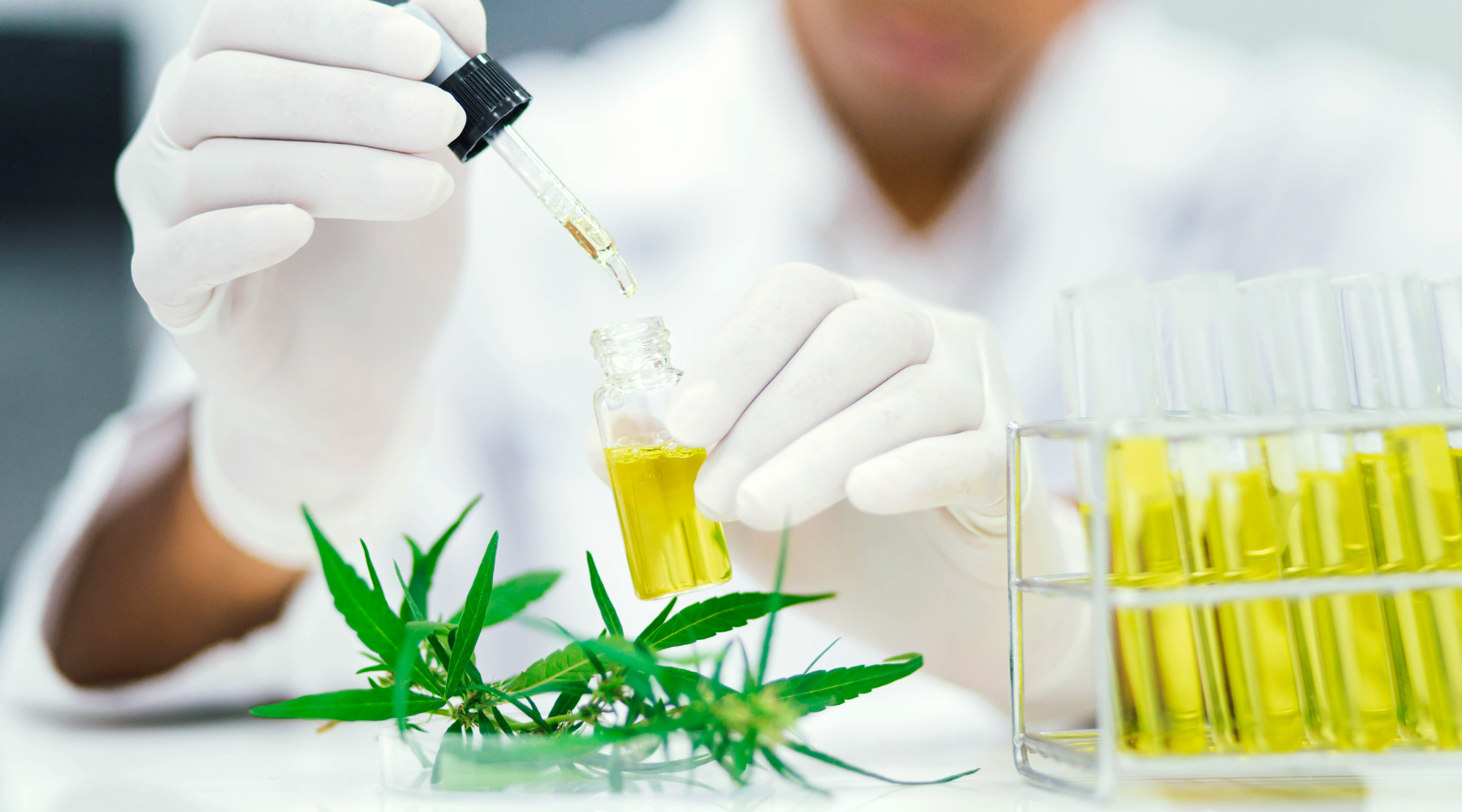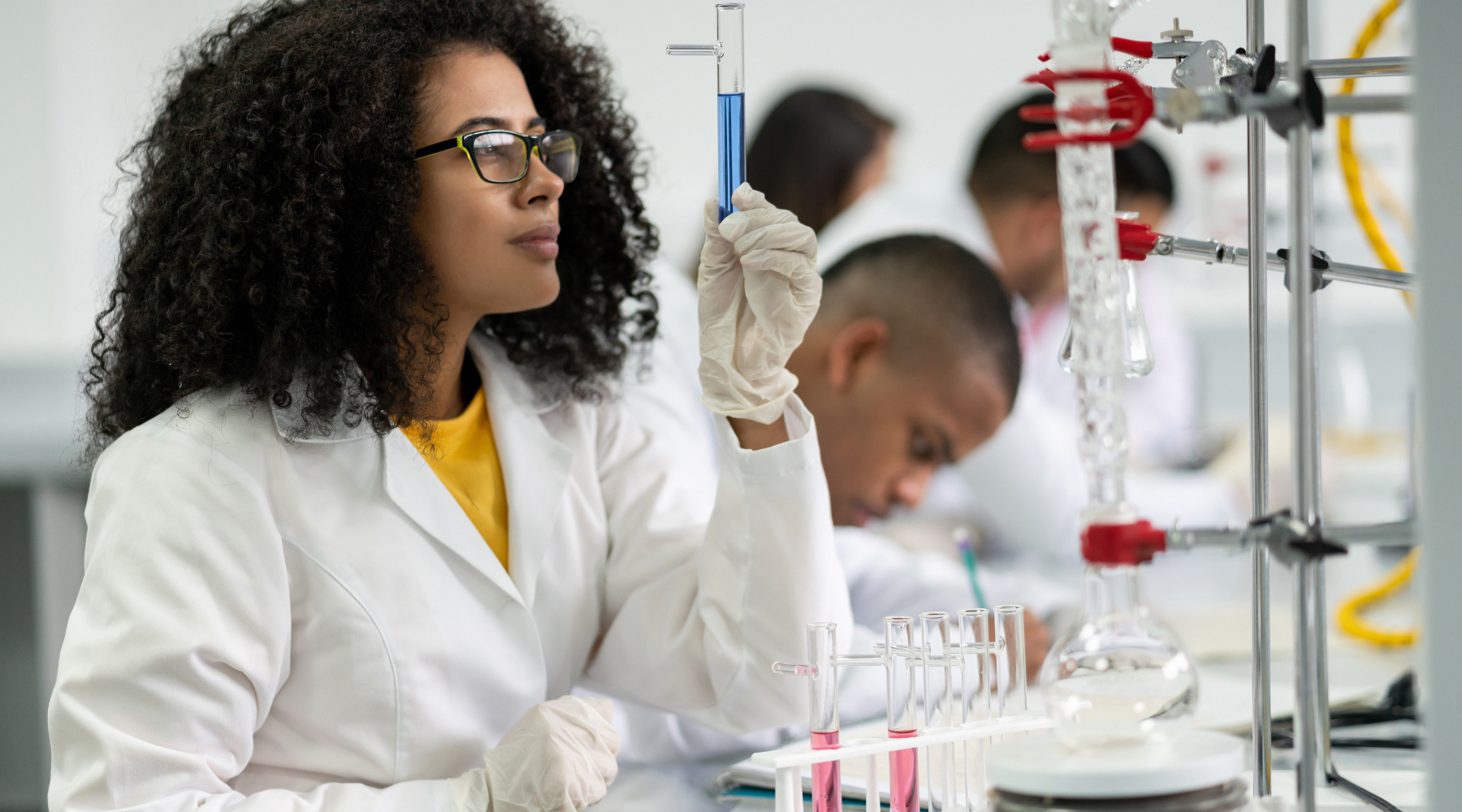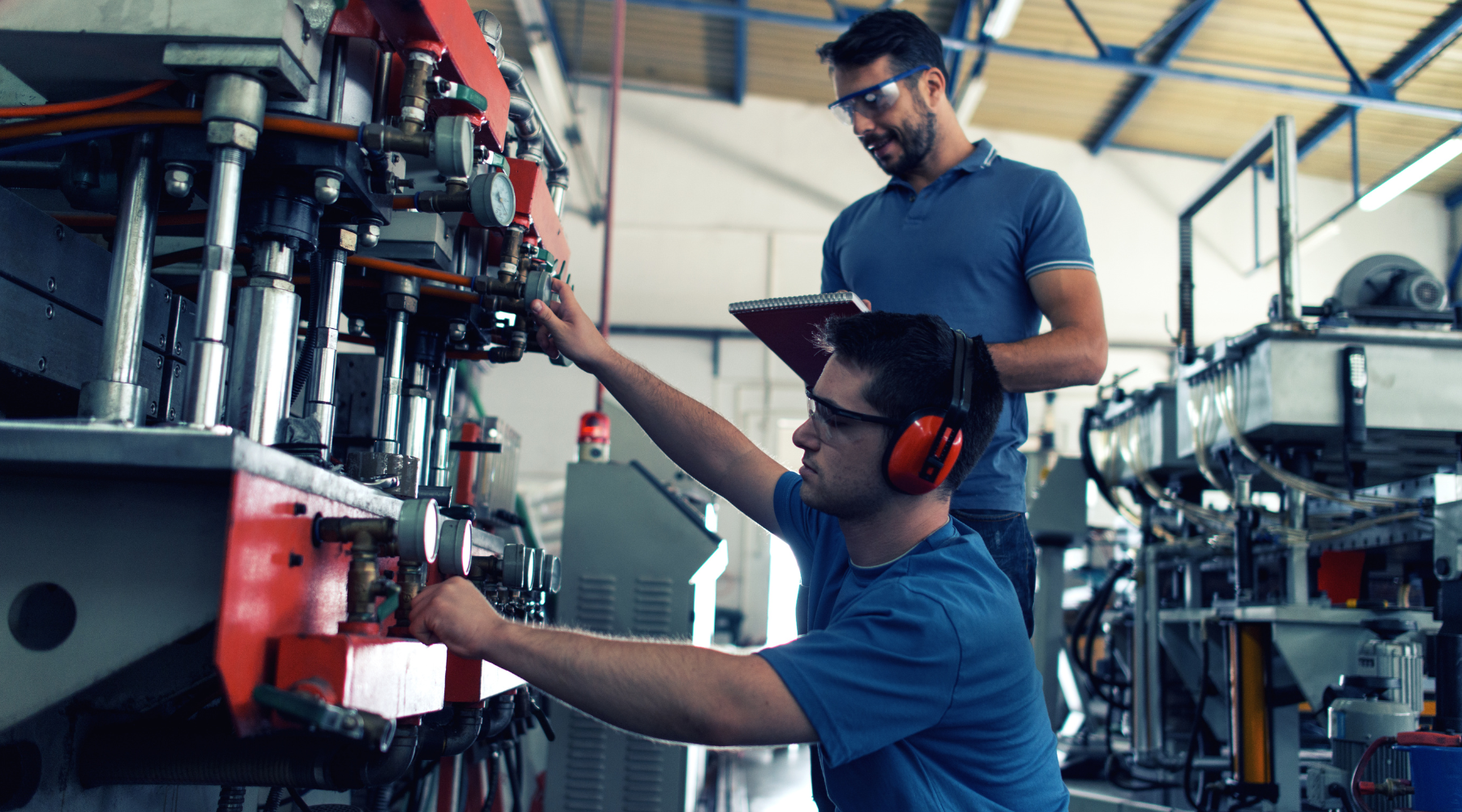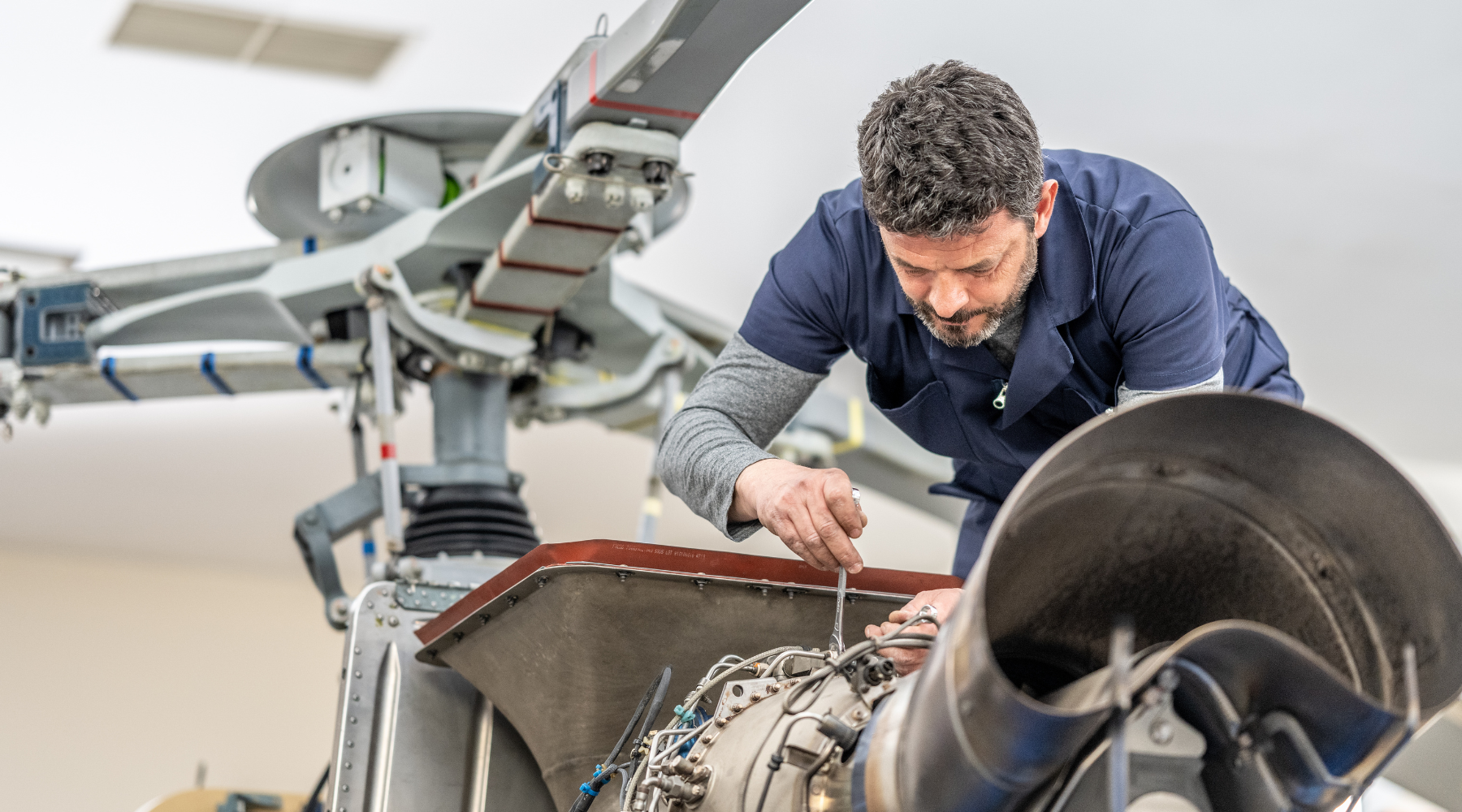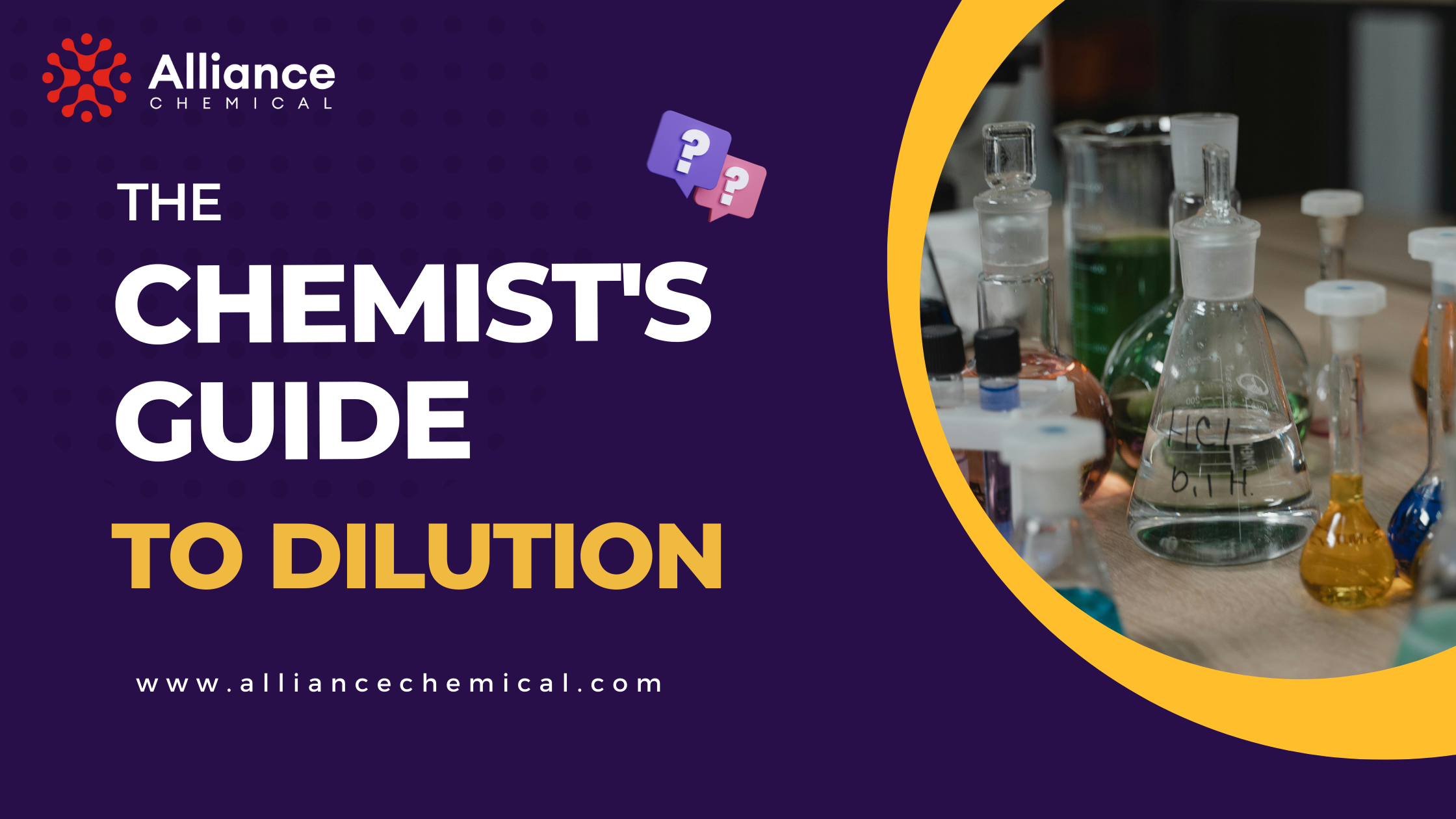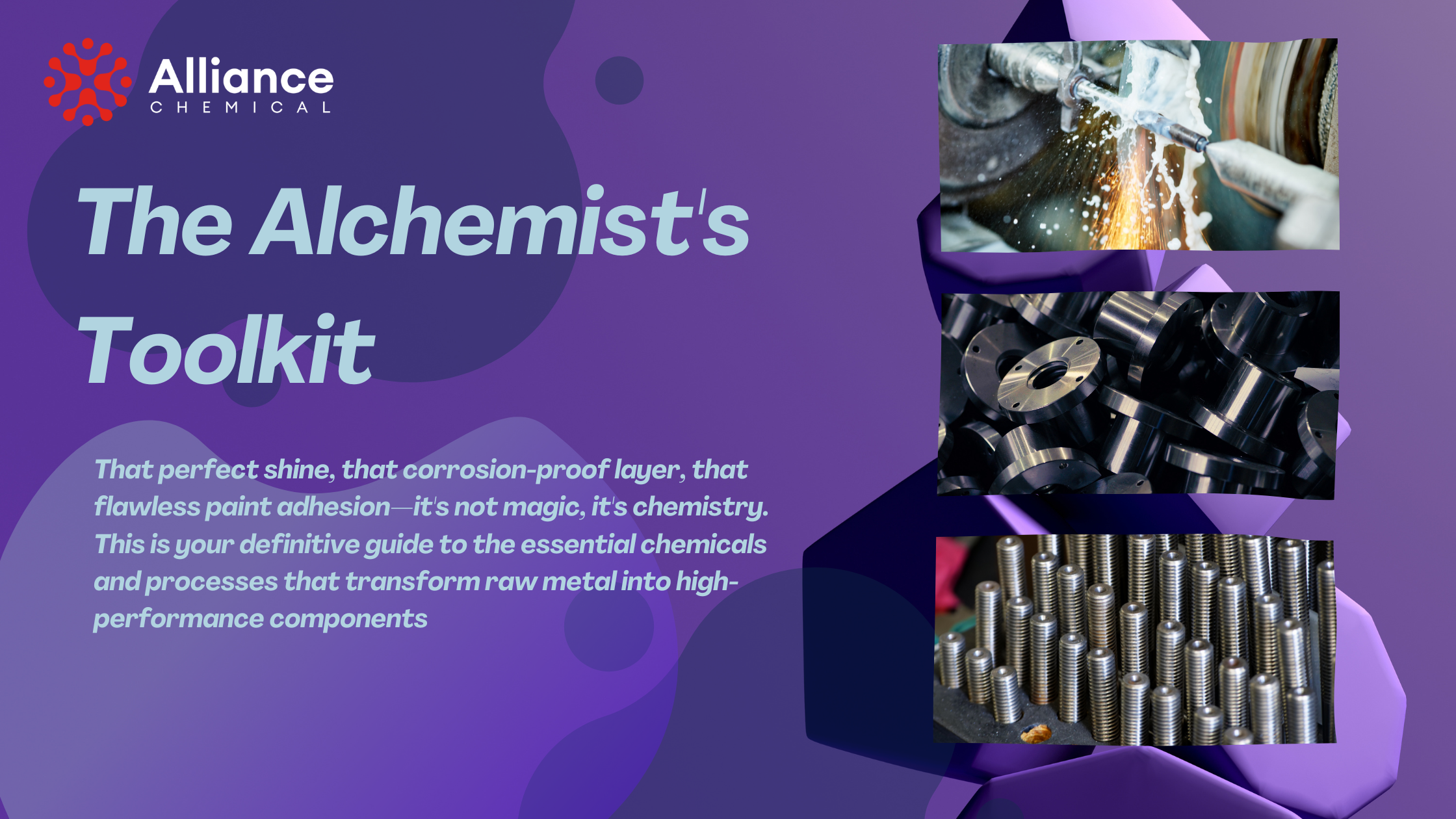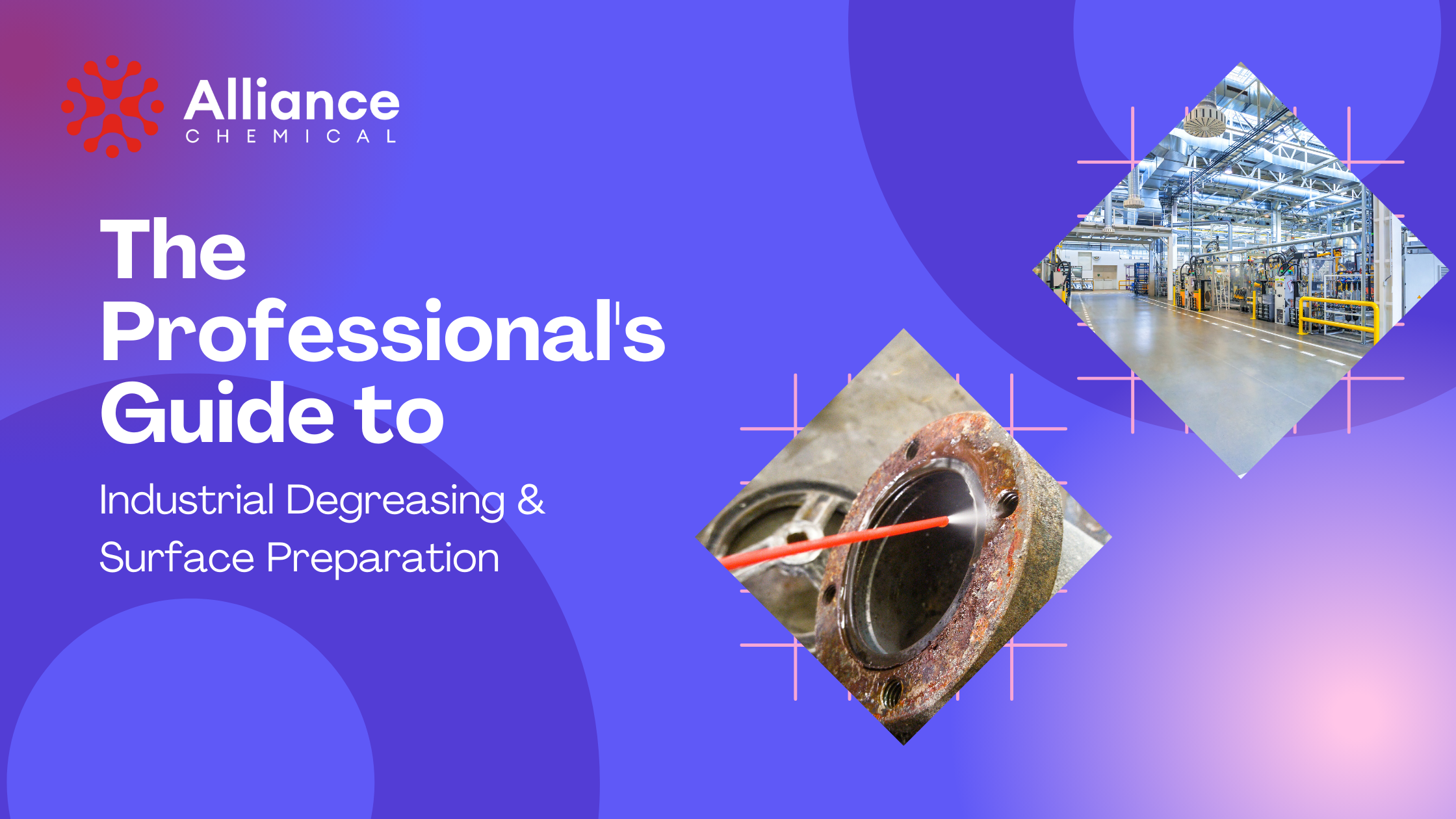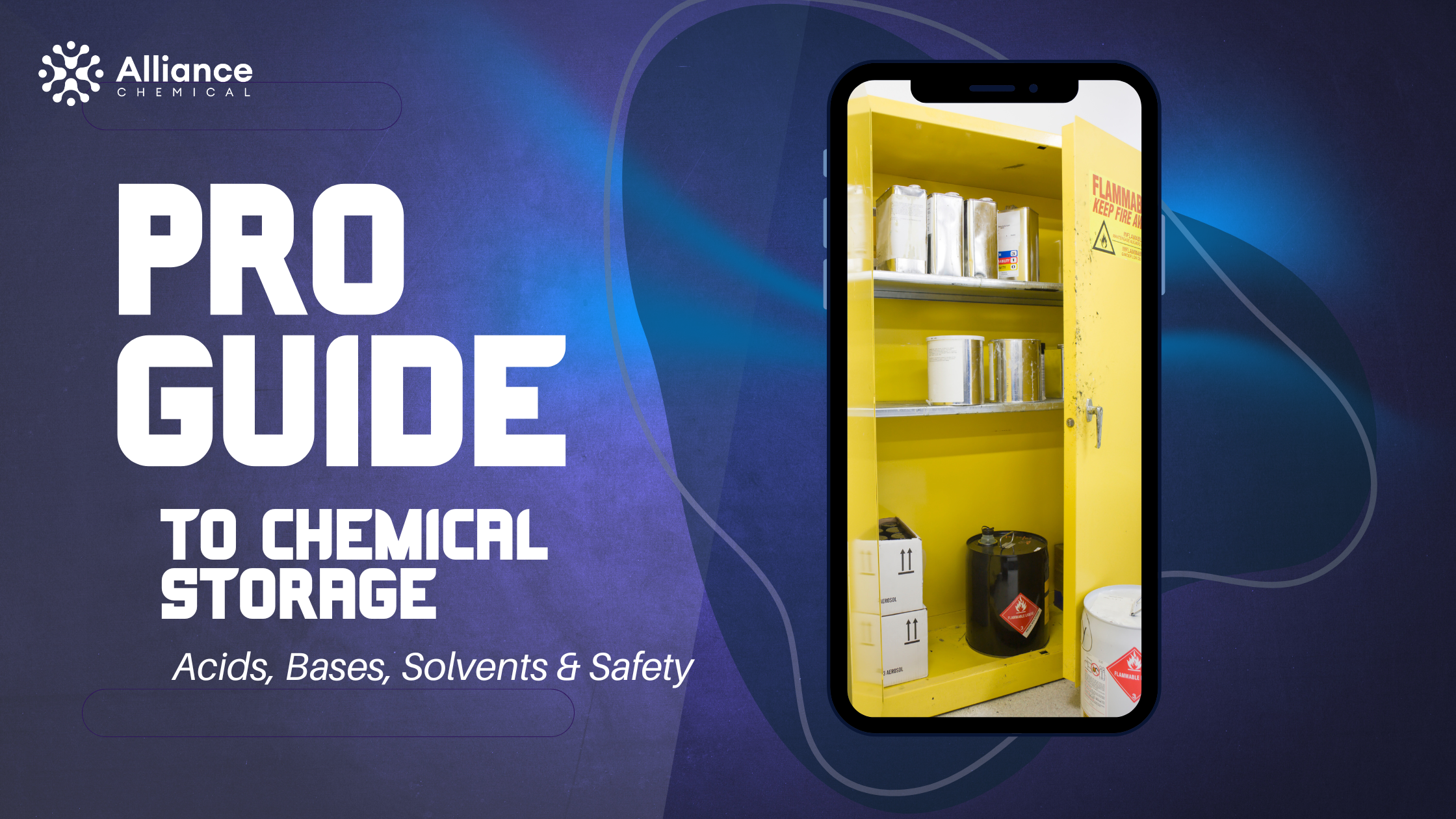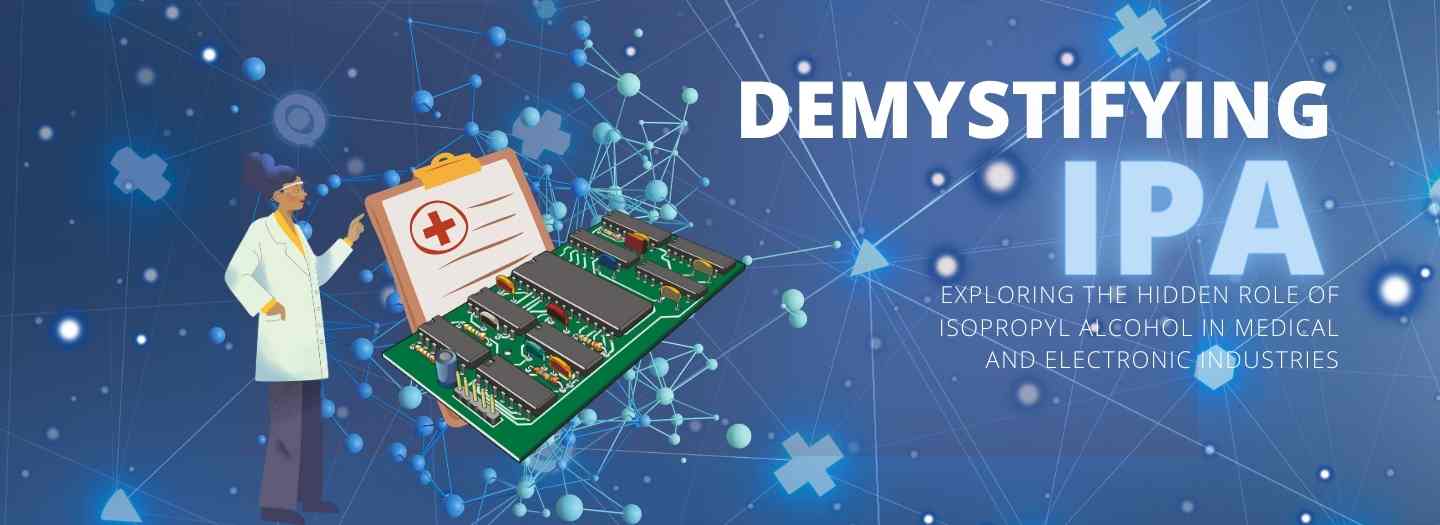
The Indispensable Role of Isopropyl Alcohol in the Medical and Electronic Industries
Table of Contents
Summary
Isopropyl Alcohol is one of the most versatile and widely used chemicals in the world, an unsung hero found in every hospital, manufacturing plant, and electronics workshop. But its effectiveness is critically dependent on using the right concentration for the right task. This definitive guide explores the science behind IPA's dual roles as a powerful disinfectant and a high-purity solvent, helping you select the precise grade for your professional needs.
Decoding the Chemistry of Isopropyl Alcohol
Isopropyl Alcohol (IPA), also known by its IUPAC name propan-2-ol, is a simple secondary alcohol with the chemical formula C₃H₈O. It is a clear, colorless liquid with a strong, distinct odor. Its versatility stems from a unique chemical property: it is a polar solvent, meaning it can dissolve a wide range of non-polar compounds, yet it is also miscible in water. This dual-action solvency allows it to tackle everything from organic residues like oils and greases to water-based contaminants. Furthermore, its high volatility means it evaporates quickly from surfaces without leaving a residue.
The Medical Standard: IPA as a High-Efficacy Disinfectant
In any medical or cleanroom environment, the primary goal is infection control. IPA is a frontline tool in this battle due to its broad-spectrum antimicrobial properties.
The Science of Disinfection: Why 70% is the Gold Standard
It is a common misconception that a higher concentration of alcohol is always better for disinfection. For Isopropyl Alcohol, this is not the case. The most effective concentration for killing bacteria, fungi, and viruses is a solution of 70% IPA in purified water. The science behind this is fascinating:
- The Role of Water: Water acts as a catalyst and is crucial for denaturing the proteins within the cell walls of microorganisms. Pure, anhydrous IPA (like 99%) causes proteins on the outside of the cell wall to coagulate instantly. This forms a protective shell that shields the organism from further penetration by the alcohol, allowing some bacteria to lie dormant and later reactivate.
- Optimal Contact Time: The 30% water content in a 70% solution slows down evaporation. This increases the surface contact time, allowing the alcohol to thoroughly penetrate the cell wall and denature the proteins inside, effectively killing the organism.
Key Medical Applications for 70% IPA
- Antiseptic Use: It's the standard for disinfecting skin prior to injections, phlebotomy, and minor surgical procedures.
- Surface Disinfection: Used to clean and disinfect non-critical medical equipment, stethoscopes, and hard surfaces in patient rooms and laboratories.
- Hand Sanitizer: A primary active ingredient in many hospital-grade hand sanitizing gels and foams.
The Electronics Workhorse: IPA as a High-Purity Solvent
In the world of electronics manufacturing and repair, contamination is the enemy. Even microscopic residues of flux, fingerprint oils, or dust can cause short circuits, corrosion, or signal degradation. This is where high-purity Isopropyl Alcohol is indispensable.
The Power of Purity: Why 99% is Essential for Electronics
For electronics work, the priorities are completely different from disinfection. The goal is to dissolve and remove contaminants quickly and completely, leaving behind an absolutely clean, dry surface. For this, 99% Isopropyl Alcohol is the industry standard.
- Maximum Solvency: The near-total absence of water gives 99% IPA maximum power to dissolve oils, greases, flux residues, and other organic contaminants.
- Ultra-Fast Evaporation: With minimal water content, 99% IPA evaporates almost instantly, preventing moisture from getting trapped in sensitive components where it could cause corrosion or short circuits.
- Residue-Free Cleaning: High-purity IPA leaves no ionic or mineral residues that could interfere with electrical conductivity.
Key Electronics Applications for 99% IPA
- PCB Cleaning: Removing flux residue after soldering printed circuit boards.
- Component & Connector Cleaning: Safely cleaning CPUs, RAM contacts, ribbon cables, and other sensitive connectors.
- Fiber Optics: Cleaning fiber optic strands before splicing.
- General Maintenance: Degreasing and cleaning precision mechanical components in printers, disk drives, and other devices.
Buyer's Guide: Choosing the Right IPA Concentration
Selecting the correct IPA concentration is the single most important factor for achieving your desired outcome. Use this guide to make a confident choice.
| Product | Ideal For | Key Advantage | User Profile |
|---|---|---|---|
| 70% IPA | Disinfecting surfaces, sterilizing tools, first aid, general antiseptic use. | Optimal antimicrobial efficacy due to slower evaporation and water content. | Hospitals, Clinics, Tattoo Parlors, Cleanrooms, Home First Aid. |
| 91% IPA | A middle ground for general cleaning, degreasing, and some disinfection. | Stronger solvent than 70% but less aggressive than 99%. Good for less sensitive cleaning tasks. | Hobbyists, General Workshops, 3D Printing Enthusiasts. |
| 99% IPA | Electronics cleaning, PCB defluxing, precision degreasing, dissolving oils. | Maximum purity, fastest evaporation, and leaves zero residue. | Electronics Technicians, Repair Shops, Manufacturing Facilities, Labs. |
| 99.9% ACS Grade | High-purity laboratory work, analytical testing, HPLC, creating precise dilutions. | The highest level of purity, certified to meet American Chemical Society standards. | Research Labs, QA/QC Departments, Pharmaceutical R&D. |
The Chemical Toolkit: Key Alternatives and Adjuncts
While IPA is remarkably versatile, certain tasks may call for a different solvent. Understanding the alternatives is key to a comprehensive chemical strategy.
- Acetone: A much stronger, more aggressive solvent than IPA. Acetone is excellent for dissolving plastics, adhesives, and coatings. It is the solvent of choice for cleaning up epoxy or super glue but can damage many plastics, unlike IPA.
- Methanol: A highly polar solvent often used in laboratory settings and as a feedstock for producing other chemicals. It's an effective cleaner but is more toxic than IPA and requires stricter handling protocols.
- Denatured Alcohol: Primarily ethanol that has been rendered unfit for consumption by adding other chemicals (often methanol). It is an excellent general-purpose cleaner and solvent with properties similar to IPA.
Critical Safety & Handling Protocols for IPA
Isopropyl Alcohol is flammable and its vapors can be irritating. Proper safety procedures are essential for its use.
- Flammability: IPA has a low flash point. Keep it away from all sources of ignition, including sparks, open flames, and hot surfaces.
- Ventilation is Key: Always use IPA in a well-ventilated area to prevent the buildup of flammable vapors and to minimize inhalation.
- Personal Protective Equipment (PPE): Wear nitrile gloves to prevent drying of the skin and splash-proof safety goggles to protect eyes from contact.
- Storage: Store in a cool, dry, well-ventilated area in a tightly sealed container. Keep away from oxidizing agents.
